Nutrition Surveillance Karamoja Region, Uganda Round 6, September 2011
Unicef

Food Security and Nutrition Assessment for Karamoja Sub-region
The overall aim of the Karamoja FSNA was to determine the extent and severity of malnutrition in different age groups and food security of households as well as monitor selected food security, nutrition, health, water and sanitation indicators to assess programme performance
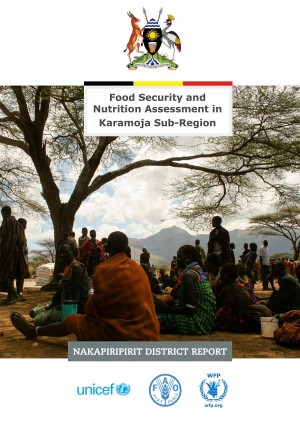
Food Security and Nutrition Assessment in Karamoja Sub-Region – Nakapiripirit
Nakapiripirit is one of the districts in the Karamoja sub-region faced with chronic food insecurity coupled with high levels of malnutrition that are of public health concern.
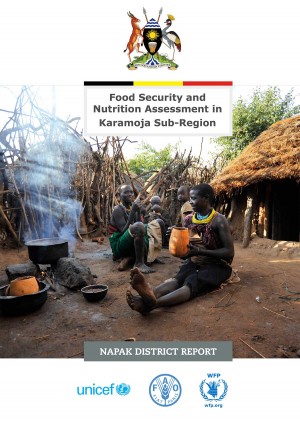
Food Security and Nutrition Assessment in Karamoja Sub-Region – Napak District Report
Napak is one of the districts in the Karamoja sub-region faced with chronic food insecurity coupled with high levels of malnutrition that are of public health concern.
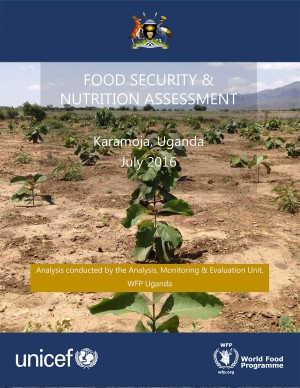
Food Security and Nutrition Assessment
Overall food security classification shows that half of the population in Karamoja (50%) is food insecure, of which 12% were found to be severely food insecure.
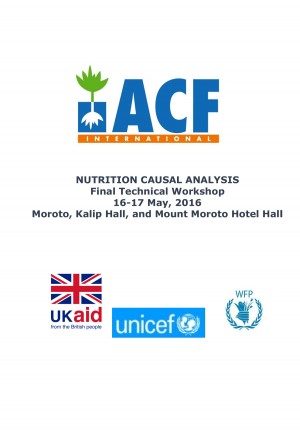
Nutrition Causal Analysis
The purpose is to go beyond generic interventions by identifying really context-specific causes in order to propose adequate solutions. The seasonality of under-nutrition can for example be very different from one livelihood zone to another. A Link NCA is not a statistical demonstration of nutrition causality that can be generalized at a national level.
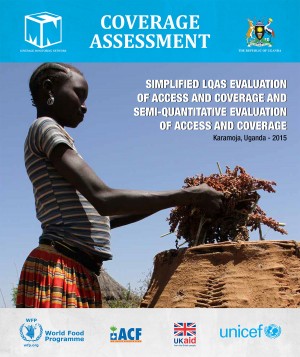
Coverage Assessment
Coverage assessments were conducted by ACF-UK in the Karamoja region from January to March 2015, in conjunction with UNICEF, WFP and MoH. The objectives of these assessments were: To map out point or period estimates of coverage of targeted areas; Identify boosters and barriers affecting coverage of OTC/SFP programs in the seven districts of the Karamoja region; In collaboration with key partners and the MoH, develop specific recommendations to improve acceptance and coverage of the program; Build capacity in MoH and key partners’ SLEAC/SQUEAC methodologies.
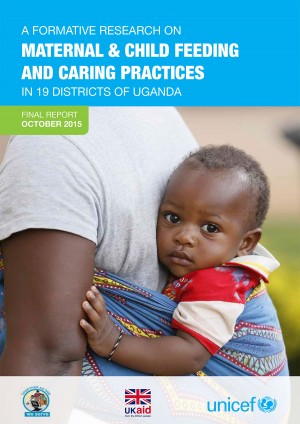
Maternal and Child Feeding and Caring Practices
The formative study aimed to identify and gain an appreciation of existing knowledge, attitudes, practices (KAP) and beliefs that community members have regarding nutrition practices. It also sought to establish challenges (barriers) mothers face regarding adequate nutrition practices; what would make mothers start employing adequate nutrition practices (triggers and enhancers) and; incentives within the mothers’ immediate social environment that possibly trigger adequate and appropriate nutritional practices.
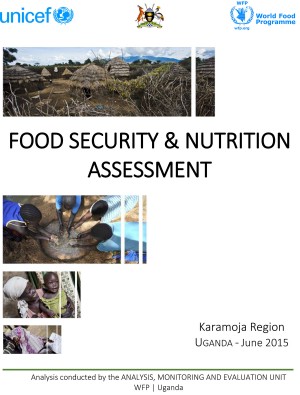
WFP and Unicef Karamoja Region Food Security and Nutrition Assessment – June 2015
Nearly half of households are currently food insecure with either borderline or poor Food Consumption Score, mainly due to the lean season that has seen a decline in food stocks at household level and contributed to food price rises (therefore reducing economic ability to purchase food). While food security status has marginally improved since June 2014, Global Acute Malnutrition (GAM) levels have deteriorated and are at highest levels since 2010
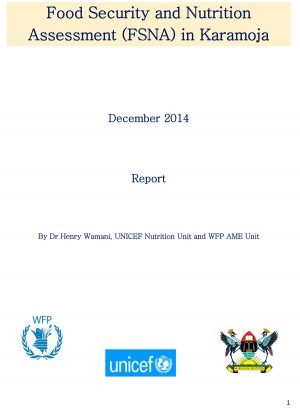
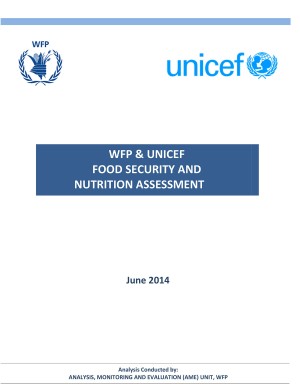
WFP and Unicef Food Security and Nutrition Assessment – June 2014
Food security and nutrition assessment for the Karamoja region.
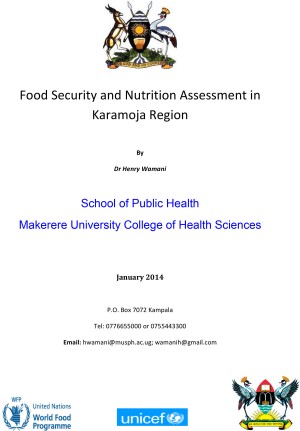
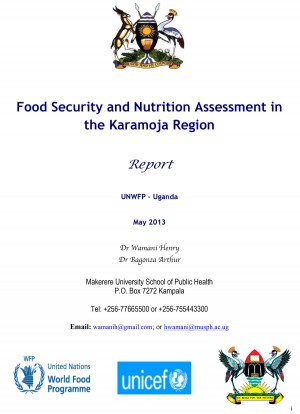

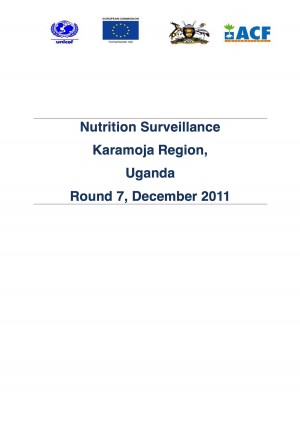
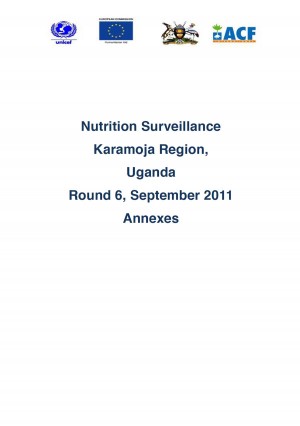
Nutrition Surveillance Karamoja Region, Uganda Round 6, September 2011 Annexes
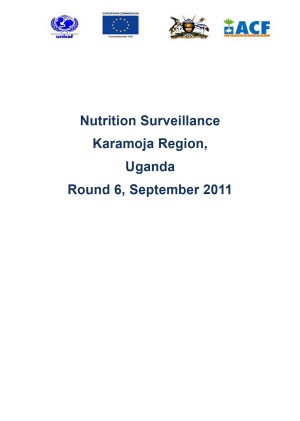
Nutrition Surveillance Karamoja Region, Uganda Round 6, September 2011
The sixth round of nutrition surveillance in Karamoja region was conducted through August/September 2011 in collaboration with District Health Offices (DHOs). Data were collected from 15-19/08/2011 in south Karamoja (Nakapiripirit, Amudat and Moroto/Napak) and from 31/08/2011-5/09/2011 in North Karamoja (Abim, Kaabong and Abim).